Discovering the fruits of the forests in Viet Nam—and preserving them for future generations
IFAD Asset Request Portlet
Asset Publisher
Discovering the fruits of the forests in Viet Nam—and preserving them for future generations
Estimated reading time: 4 minutesPicture Viet Nam and you will likely think of lush tropical forests, bursting with life. But agriculture and logging have degraded the forests and land here.
Vietnamese rural people face a conundrum: they need to farm in order to eat and make a living. But if they don’t do this sustainably, it can damage the land and degrade the forests. In the long term, this only makes it harder to farm and exposes them to climate change impacts, like floods and erosion.
But what if we could turn this lose-lose situation into a win-win?
IFAD is working on a new collaborative project with the FAO Investment Centre funded by IFAD and the Green Climate Fund, to support rural people in Viet Nam to manage their forests sustainably, while earning a decent living.
Local and international IFAD experts are working closely with communities, businesses, government, and small-scale producers from a host of backgrounds—from indigenous groups to young people—to design a project that answers local needs.
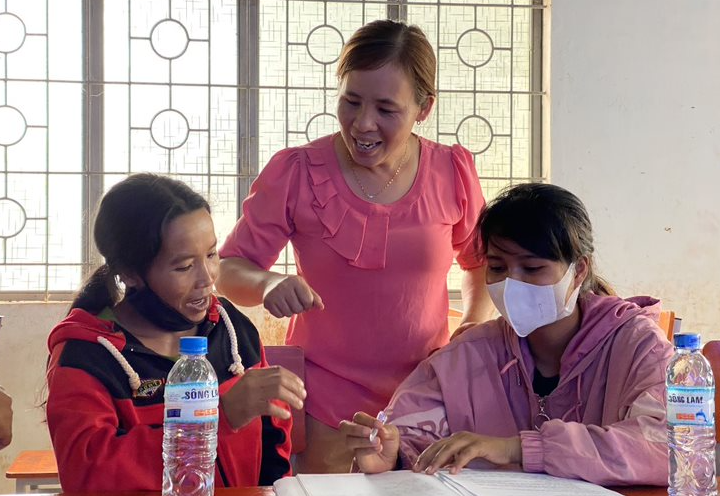
As part of this reconnaissance, IFAD experts recently visited the Investment Fair held in Pleiku, Gia Lai province, to better understand the types of products the project could support. The fair showcased the best quality local products certified by One Commune One Product (OCOP), a Vietnamese programme to promote rural development.
Here are five examples of sustainable products that could make an even bigger impact, with IFAD’s support.
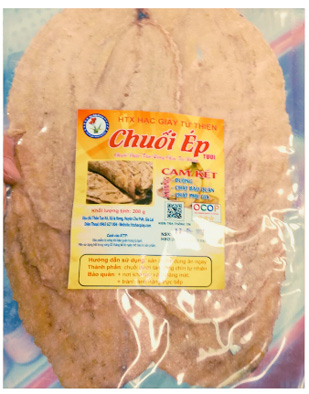
Preserving nutritious fruit and the forests too
These tiny nutritious bananas are grown under the forest canopy. This cultivation method doesn’t harm the forest and in fact incentivises local communities to conserve it, while earning a better living for themselves and their families.
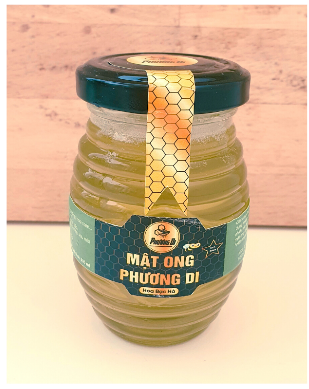
Unique products for resilient livelihoods
This honey is special. Bees make it from the nectar of mint flowers so not only is it very unusual, it also promotes biodiversity. What’s more, it is collected from hives that are positioned under the forest canopy rather than in a cleared space, so there’s an incentive to keep the forest healthy.
Small-scale farmers play a big role in preserving biodiversity and growing diverse crops. Not only does this ensure diverse diets, but if a crop fails one year, farmers have others to fall back on.
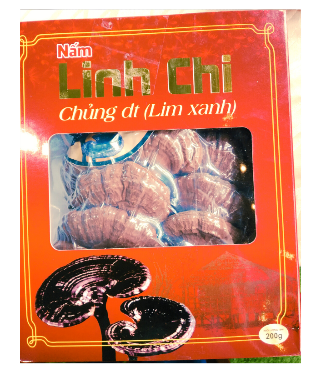
The magic of mushrooms
These mushrooms are just one of countless varieties our team discovered at the fair. Both fresh and preserved mushrooms are a staple of indigenous diets and they are prized in traditional Vietnamese medicine. Viet Nam is believed to have as many as 500 species of edible and medicinal fungi, so there are a lot of products to explore.
With the right support rural people could sustainably harvest and preserve these marvellous mushrooms, as well as other underutilized species, to sell them to consumers far and wide.
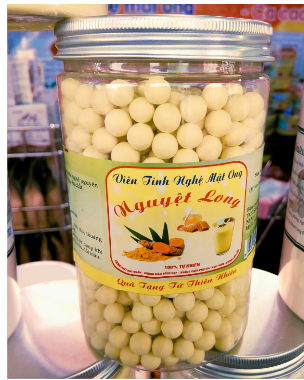
Health food for a healthy forest
These small pale-yellow balls are a holy grail of health. Why? Because they are turmeric starch balls and contain all the goodness of a turmeric latte in one chewy little ball. Chemicals found in turmeric have been shown to have anti-inflammatory properties, and in Vietnamese society the rhizome is reputed to help with stomach ulcers as well as a host of other benefits.
Turmeric grows best under the forest canopy, and flourishes when agroforestry techniques are used. It’s yet another reason to protect this generous natural resource.
Strengthening every link in the value chain
Many local cashew nut producers struggle to compete against imported nuts, so some farmers have switched to producing profitable tobacco. Tobacco is not only bad for people’s health, its cultivation is destructive. Drying tobacco leaves after the harvest uses a lot of firewood and is a major cause of deforestation in some areas.
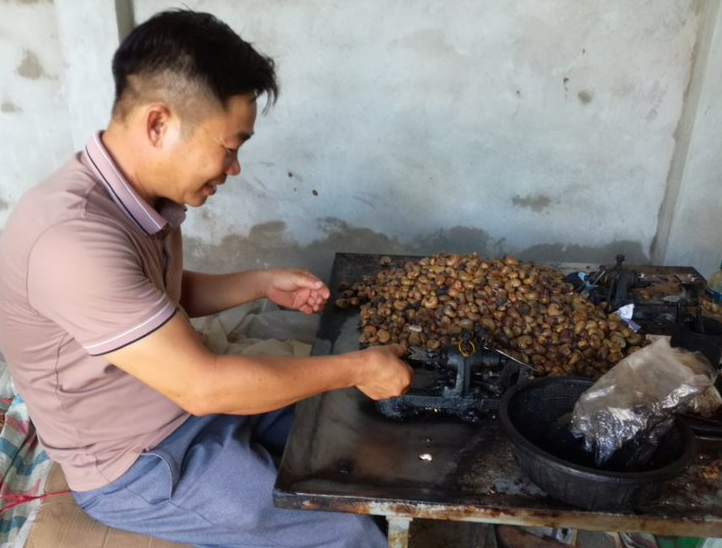
The Chu Gu Agricultural and Service Cooperative in Gia Lai province is helping cashew farmers get better prices for their nuts and a reliable income. By roasting and salting the nuts, they add value and pass this on to the farmers.
Strengthening the value chain—from the farmer to the processor to the market—makes for sustainable rural livelihoods. If farmers earn more from cashews, they can see the value of farming that doesn’t lead to deforestation, while investing in growing their businesses and buying nutritious food.
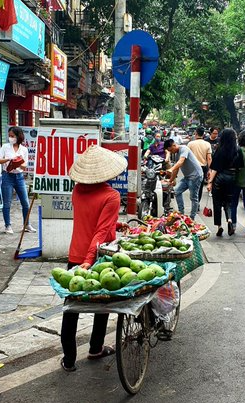
rural areas are sold on the streets
of Hanoi. © Dilva Terzano
What happens next?
The fair was a source of inspiration for our team. Now they have a better idea of which products work well in different areas so they can design ways of supporting rural people to profit from them, while preserving the forest and mitigating climate change.
This can include creating an environment in which deforestation-free value chains can flourish, as well as providing training, equipment, and credit schemes for producing, storing, processing, and marketing products. It can mean establishing links to carbon markets and financing opportunities such as Payment for Forest Ecosystem Services (PFES). But most of all, it means supporting communities to manage forests sustainably, benefiting themselves and the planet.
Publication date: 15 July 2022